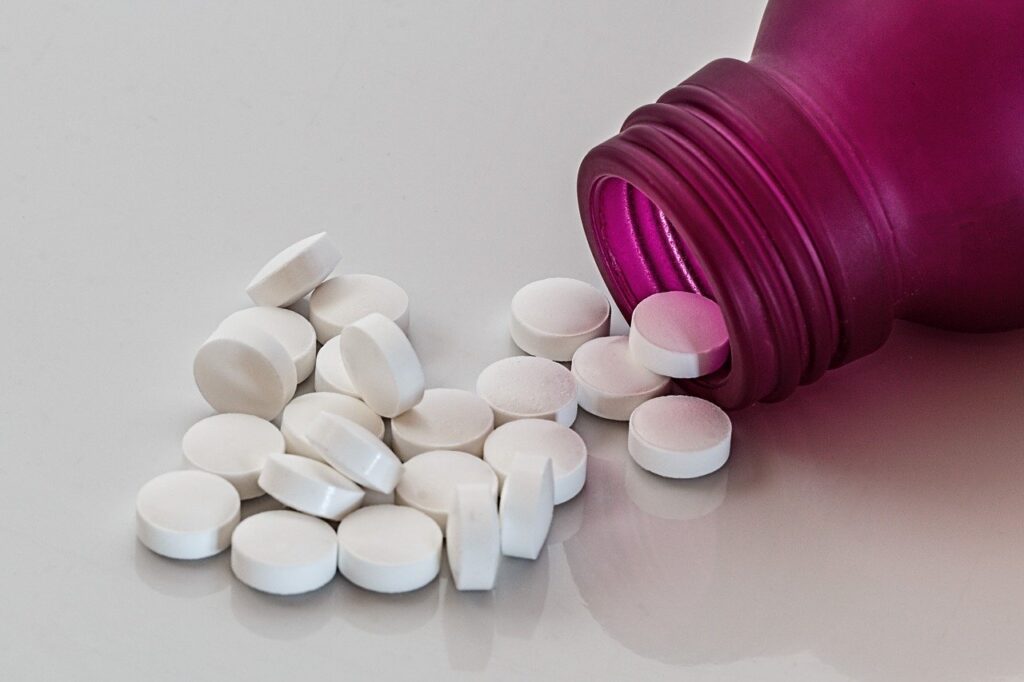Approach to the patient with headache:
- Headache is a condition that occurs due to:
- Painful sensation that affects the head , from sharp to dull, associated as well as the other symptoms .
- Migraine is defined as a condition that occurs due to:
- A periodic syndrome of headache subsequently associated with other symptoms of neurological dysfunction in varying mixtures.
Causes of headache and migraine:
Furthermore, headache can be caused based on two factors:
A) Primary Headache:
- Tension type:
- Subsequently observed in 69% of the population
- Furthermore, pain occurs in all age groups
- The pain is additionally characterized by bilateral tight pain which is present from hours to days.
- It is associated with stress, hence the pain
- Moreover, it is treated by basic analgesics
- For instance, stress induced headaches can be treated with Amitriptyline effectively.
- Headaches occurring in pattern :
- Subsequently observed in 16% of the population
- Furthermore, considered as a rare form of headache
- Additionally characterized by recurrent and unilateral pain
- Moreover compared to migraine, patients moves around a lot during attacks
- In conclusion, the pain is followed by 8-10 attacks a year
- Consuming alcohol further, leads to increased attacks
- Post-traumatic:
- Subsequently, occurs most commonly in road traffic accidents.
- Furthermore, patient presents with additional symptoms like vertigo, headache and irritability
- Moreover, treatment for such headaches is by analgesics, but it is not satisfactory
- In conclusion, its an unknown cause.
- Indomethacin induced headaches:
- Unknown cause of stabbing– 2%
- Exertional – 1%
B) Secondary headache :
Systemic infection furthermore may exaggerate influenza and sepsis – 63%
Head injury additionally, due to trauma related causes – 4%
Vascular disorders moreover, that affect the normal flow of blood – 1%
Subarachnoid bleeding – <1%
Brain tumor subsequently affects neurological functioning of the brain- 0.1%
Additonally, a complete neurological examination is required for serious headache .
If examination is abnormal, then thorough examination should be done in the form of CT or MRI study.
Lumbar puncture is hence required.
Headache symptoms that indicate a serious underlying disorder :
1) Sudden-onset headache
2) First ever headache
3) Worst headache ever
4) Vomiting that precedes headache
5) Subacute worsening over days or weeks
6) Pain induced by bending, lifting and hence leading to cough
Others:
1)Additionally, pain that disturbs sleep
2) Known systemic illnesses
3) Furthermore, onset after age 55
4)Abnormal neurologic examination
5)Subsequently, pain associated with local tenderness
Diagnostic criteria for Migraine:
Repeated attacks of headache that last, from 4 -72 hours.
In patients with a normal physical examination with at least 2 of the following features :
Especially single sided pain
Throbbing pain at the same time
Increased by moment or otherwise
Moreover it is of moderate or severe intensity
Vomiting occurring similarly
In addition to fear of light
As well as, abnormal sensation to light
Attacks may be triggered by:
Glare, bright lights, sound, hunger and stress.
Others like physical force, lack of sleep, hormonal fluctuations and alcohol .
Treatment for headache and migraine:

| A) Simple Analgesics | |
| Acetominophan , caffeine , aspirin | 2 tablets a day additionally up to ( Max 8 tablets a day ) |
| B) Furthermore, NSAIDS like: | |
| Ibuprofen | 400 mg every 3 or 4 hours, furthermore till the doctor advices to stop |
| Naproxen | 220-550 mg twice a day, furthermore till the doctor advices to stop |
| Diclofenac | 50 mg with water, furthermore till the doctor advices to stop |
| Tolfenamic acid | 200mg , Repeat furthermore after 1 or 2 hours |
Acute to chronic:
| C) Additionally, 5HT receptor agonists are hence started: | |
| 1) Oral: | |
| Ergotamine 1 mg Caffeine 100 mg | 1 or 2 tablets at onset , Max subsequently up to 6 tablets a day |
| Naratriptan | 2.5mg at onset , repeat additionally after 4 hours |
| Rizatriptan | 5-10mg tablet at onset , repeat additionally after 2 hours |
| Sumatriptan | 50-100mg tablet at onset , may repeat additionally after 2 hours |
| Frovatriptan | 2.5g tablet at onset , may repeat additionally after 2 hours |
| Almotriptan | 12.5 mg tablet at onset , may repeat additionally after 2 hours |
| Eletriptan | 40 or 80 mg |
| Zolmitriptan | 2.5mg tablet at onset , furthermore repeat after 2 hours |
| 2) Nasal | |
| Dihydroergotamine | 1 spray 0.5 mg is administered , followed subsequently by 2nd spray in 15 minutes |
| Sumatriptan | 5-20 mg intranasal spray as 4 sprays of 5 mg or furthermore as a single 20mg spray |
| Zolmitriptan | 5 mg spray subsequently used properly, furthermore till the doctor advices to stop |
| 3) Parental | |
| Dihydroergotamine | 1mg IV ,IM , or SC at onset |
| Sumatriptan | 6mg SC at onset , hence may repeat once additionally also, after 1 hour of max of 2 doses in 24 hours |
Others:
| C) Emphasis on Dopamine receptor antagonists | |
| 1) Oral : | |
| Metoclopramide | 5-10mg a day, furthermore till the doctor advices to stop |
| Prochlorperazine | 1-25mg a day furthermore till the doctor advices to stop |
| 2) Parental : | |
| Chlorpromazine | 0.1mg/kg IV at 2mg/min furthermore till the doctor advices to stop |
| Metoclopramide | 10mg IV furthermore till the doctor advices to stop |
| Prochlorperazine | 10mg IV furthermore till the doctor advices to stop |
| D) Others | |
| Acetaminophen 325 mg Dichloralphenazone 100mg Isometheptene 65 mg | 2 capsules at onset followed additionally by 1 capsule |
| Opioids via parental route | |
| E) Preventive treatments for instance: | |
| 1) Beta blockers : | |
| a) Propranolol | 40-125 mg BD or twice a day, furthermore till the doctor advices to stop |
| b) Metoprolol | 25-100 mg BD or twice a day, furthermore till the doctor advices to stop |
| 2) Significantly acting Antidepressants : | |
| a) Amitriptyline | 10-75mg/night subsequently till doctor advices to stop |
| b) Venlafaxine | 75-150 mg/day subsequently till doctor advices to stop |
For more content above all, do visit here
Furthermore, please refer this book for detailed description of diseases : Harrisons book of internal medicine

